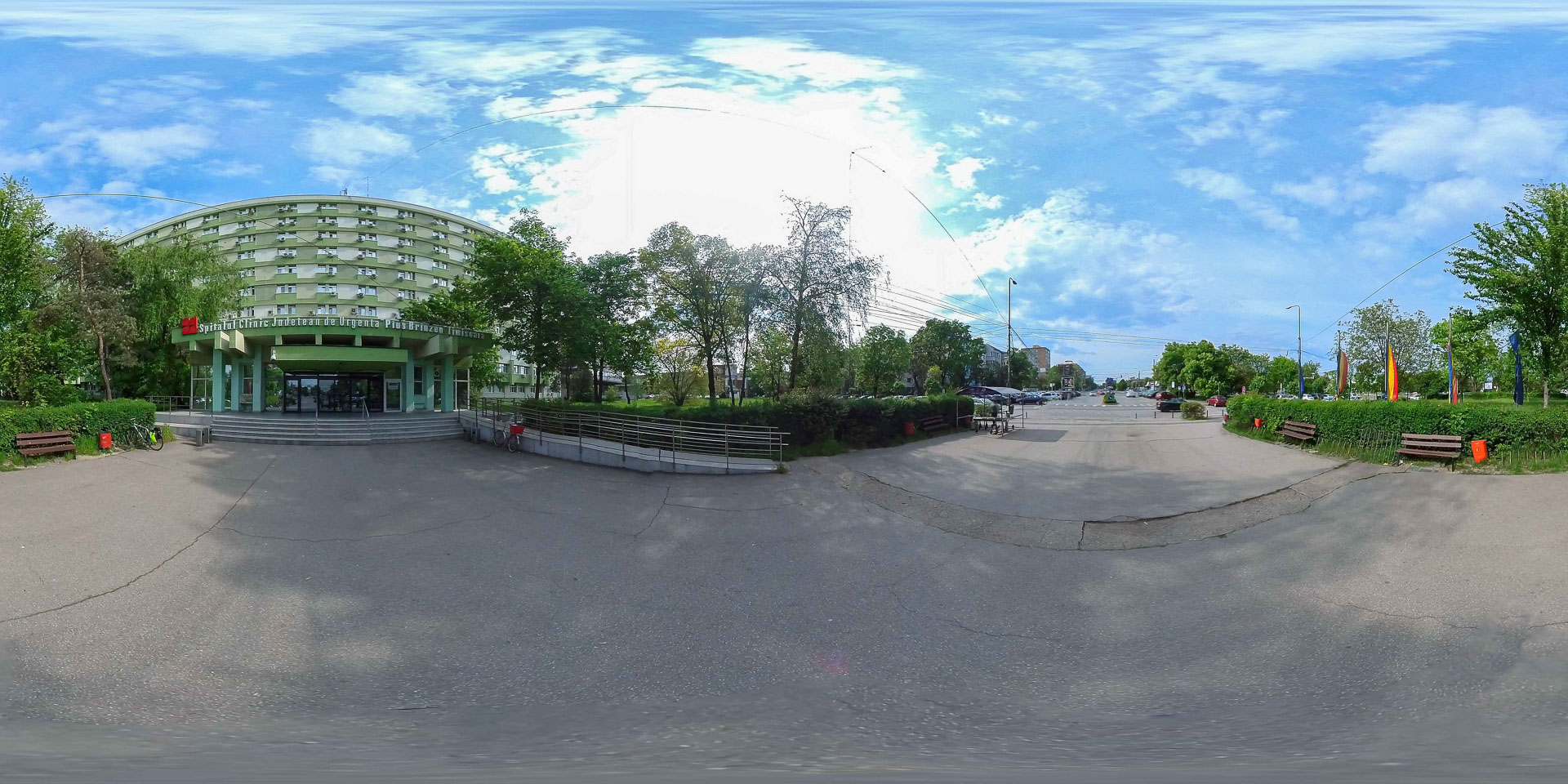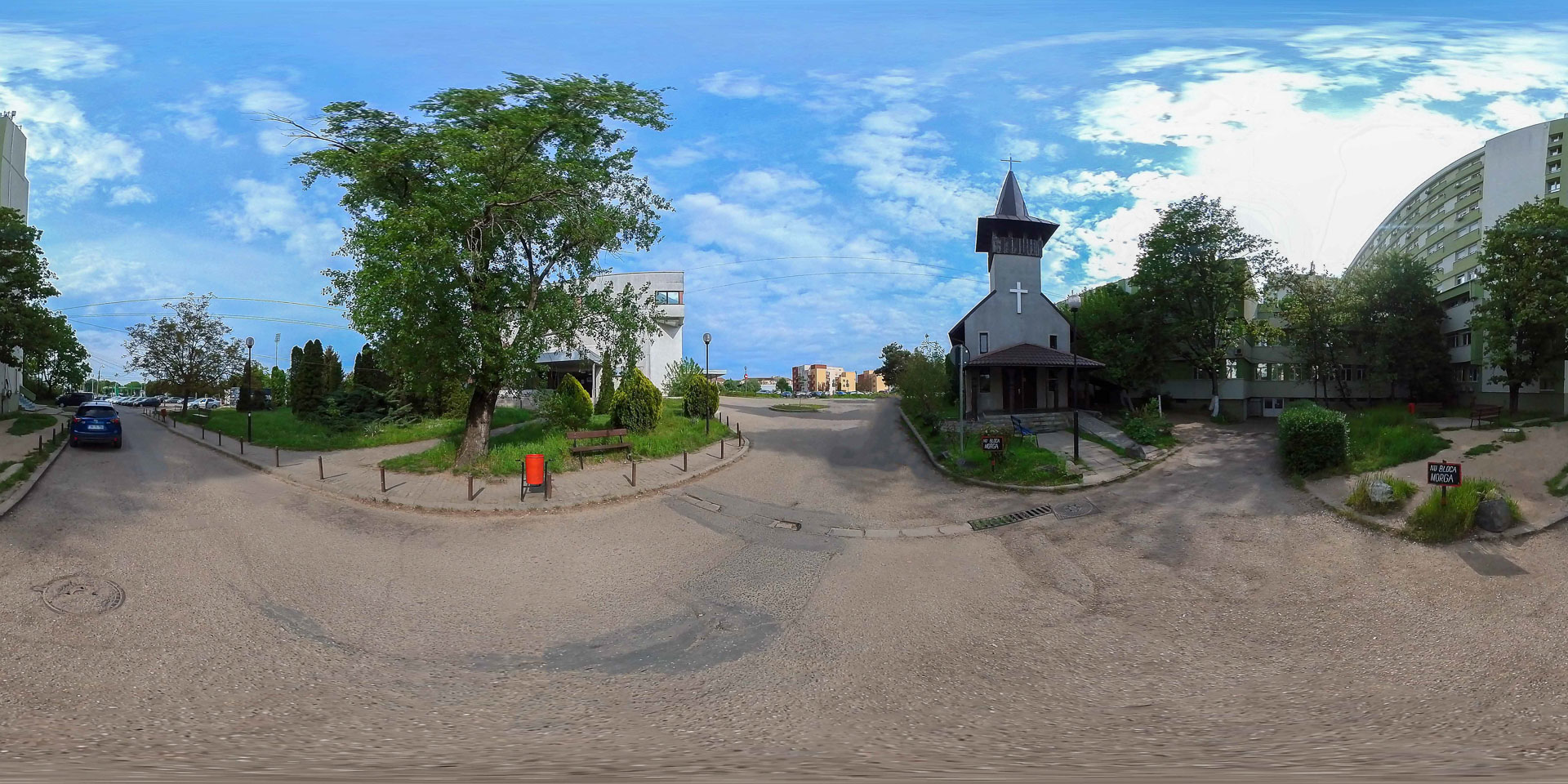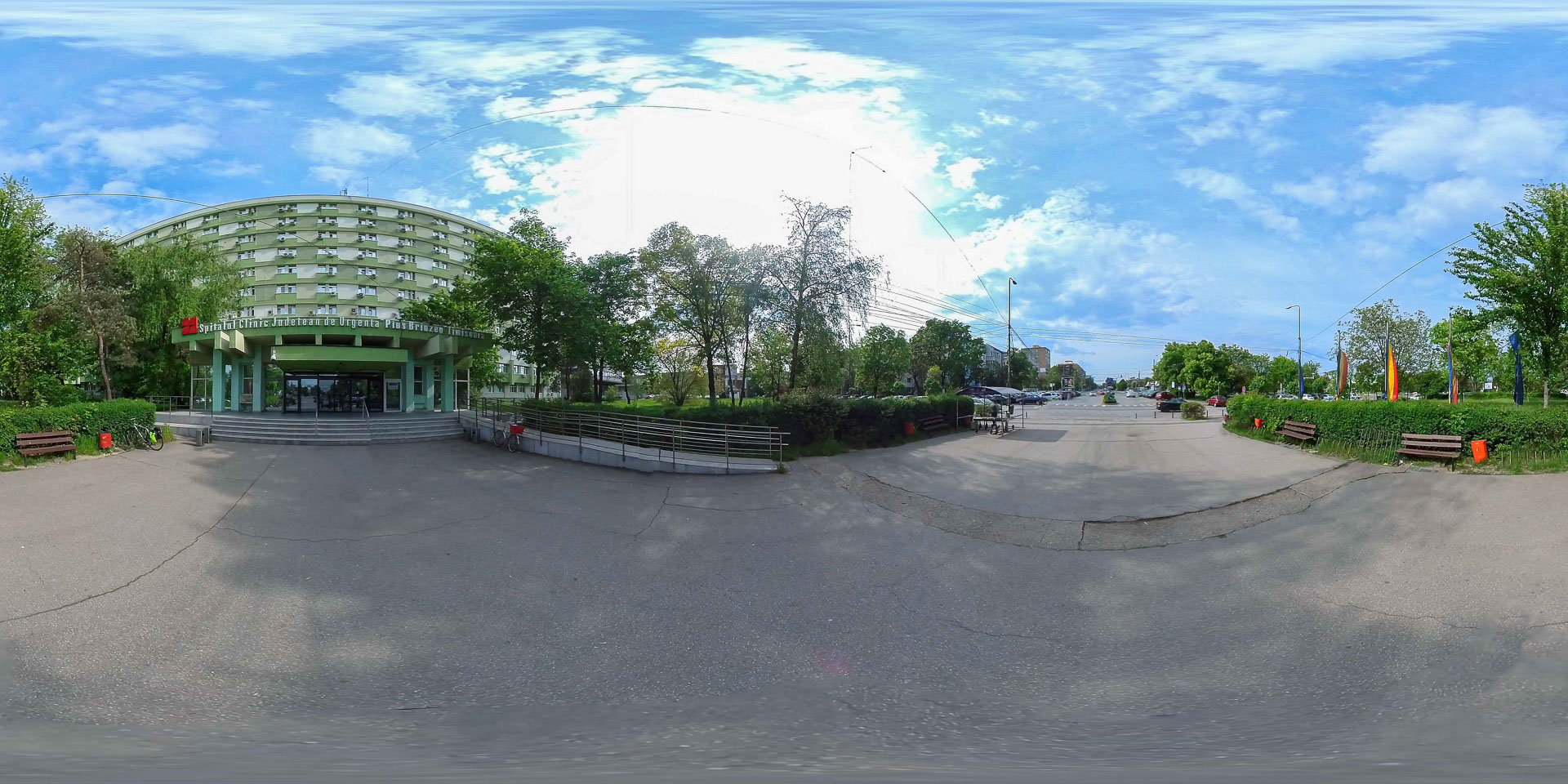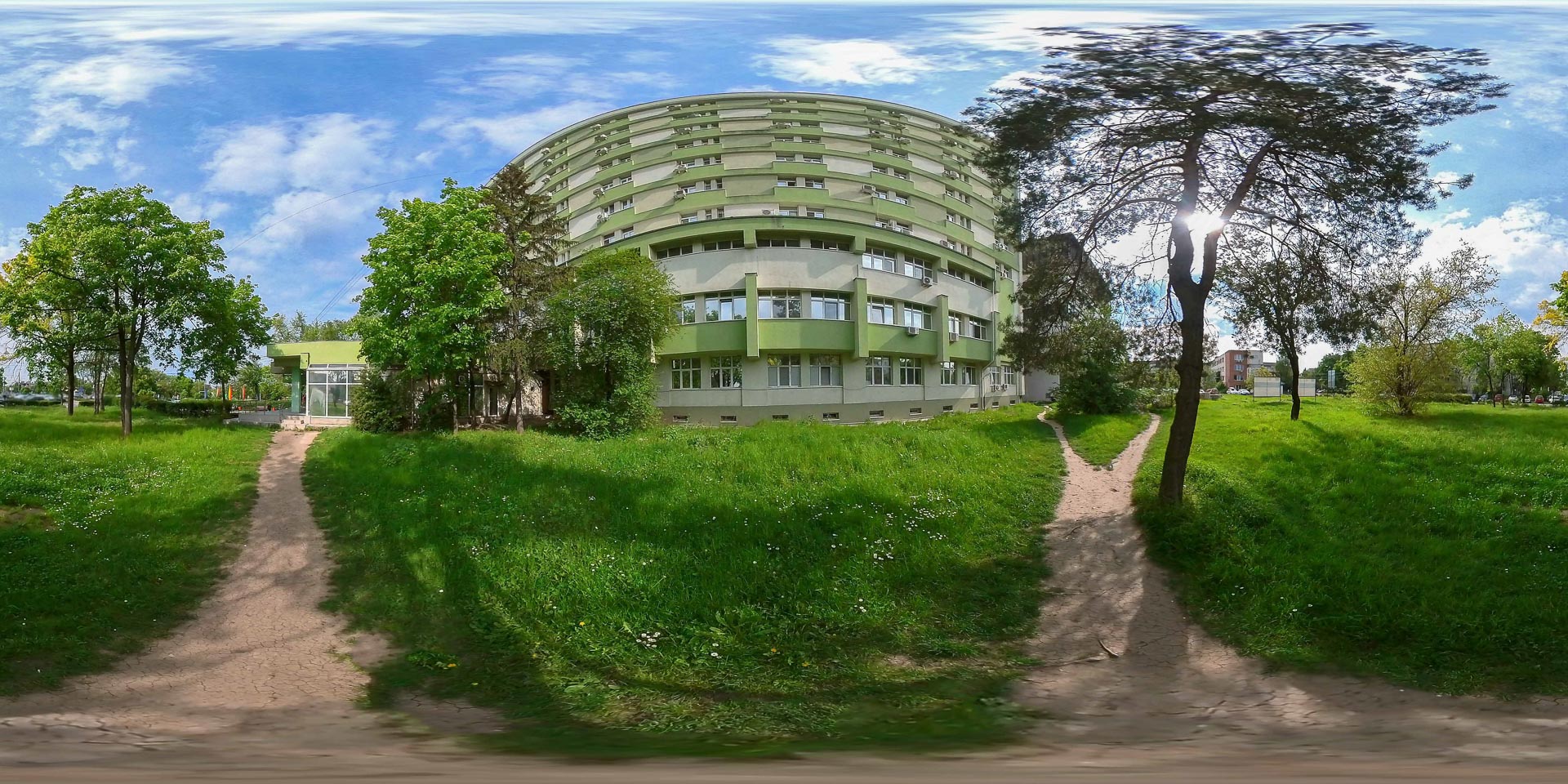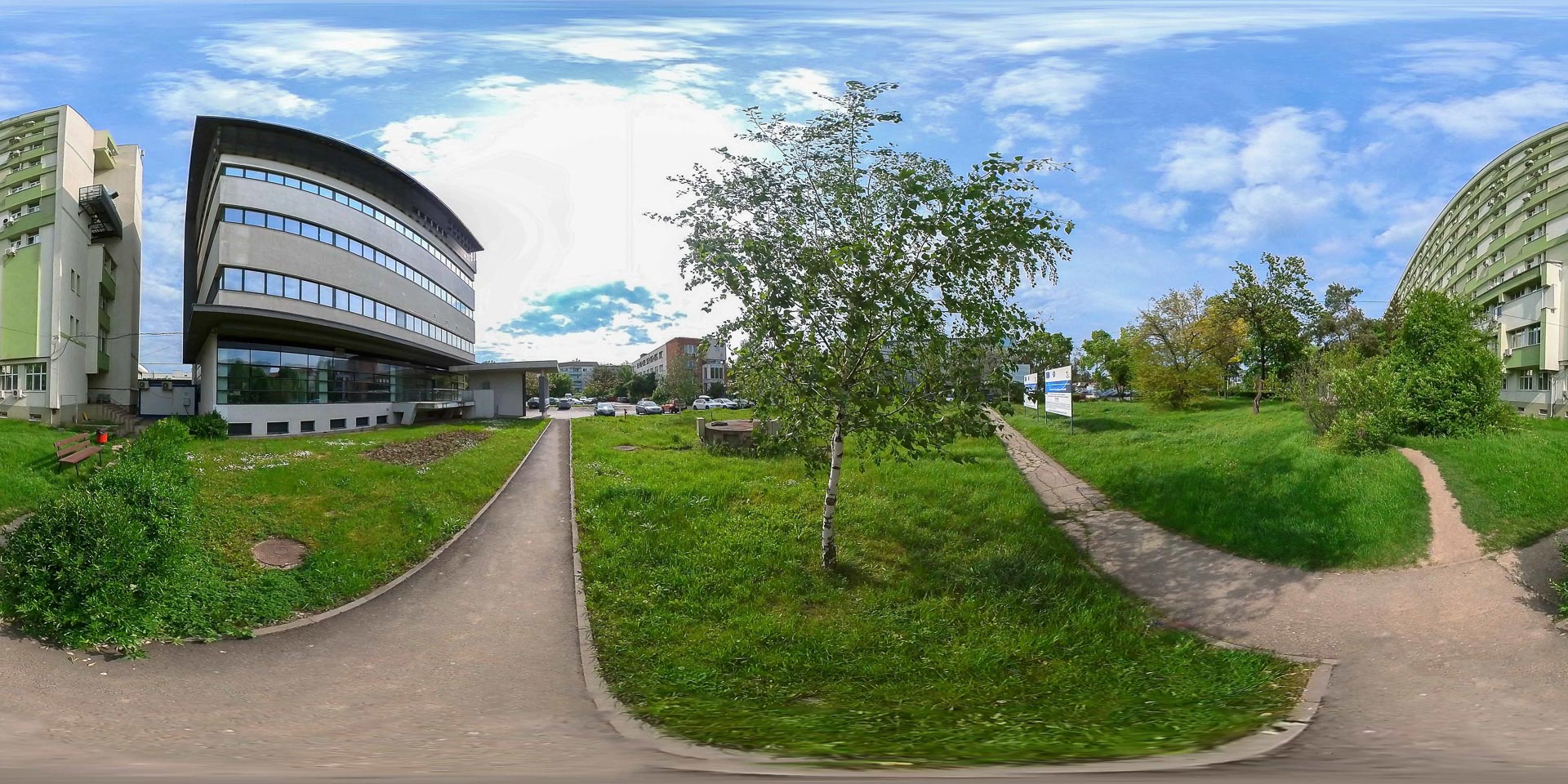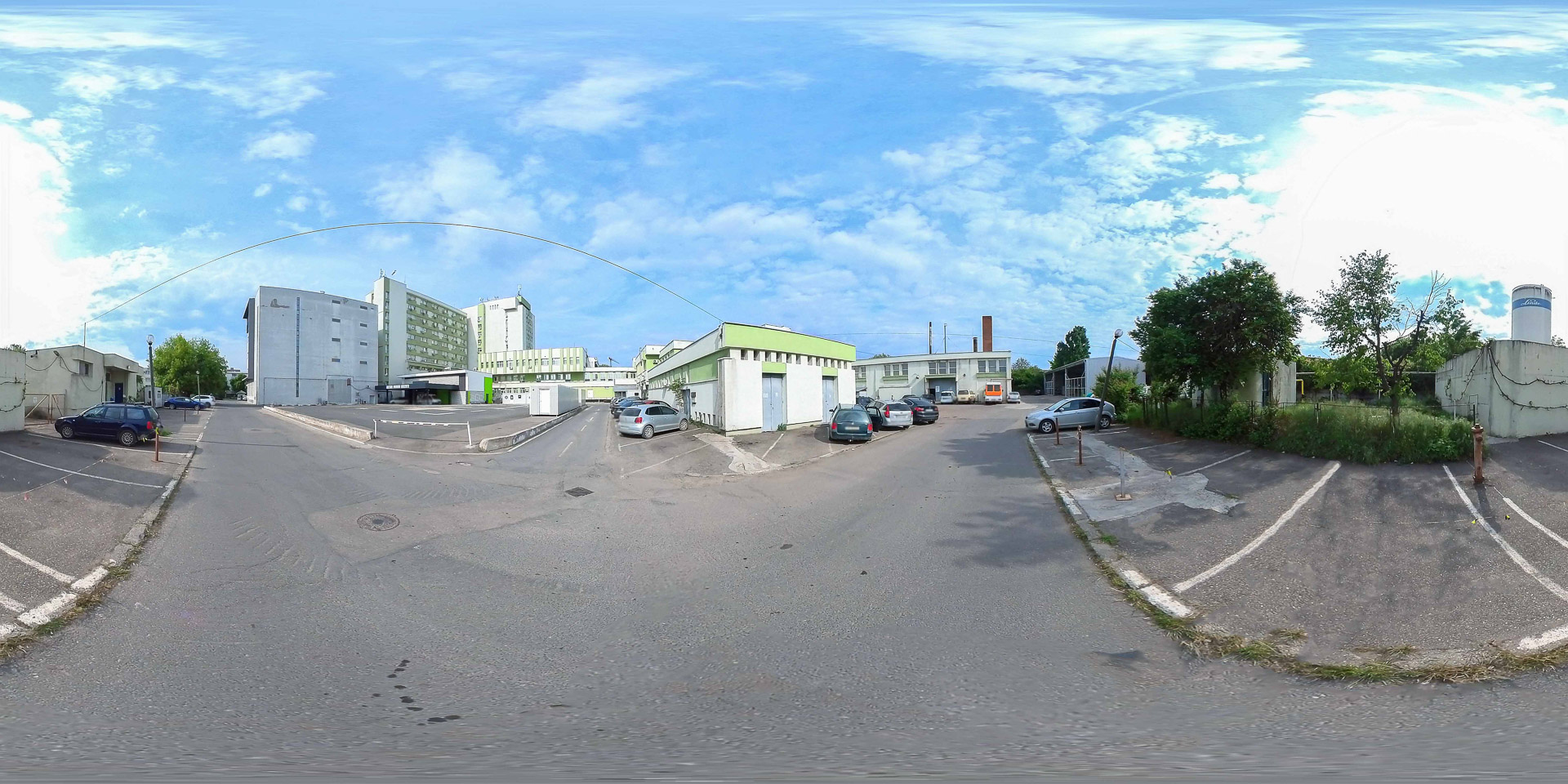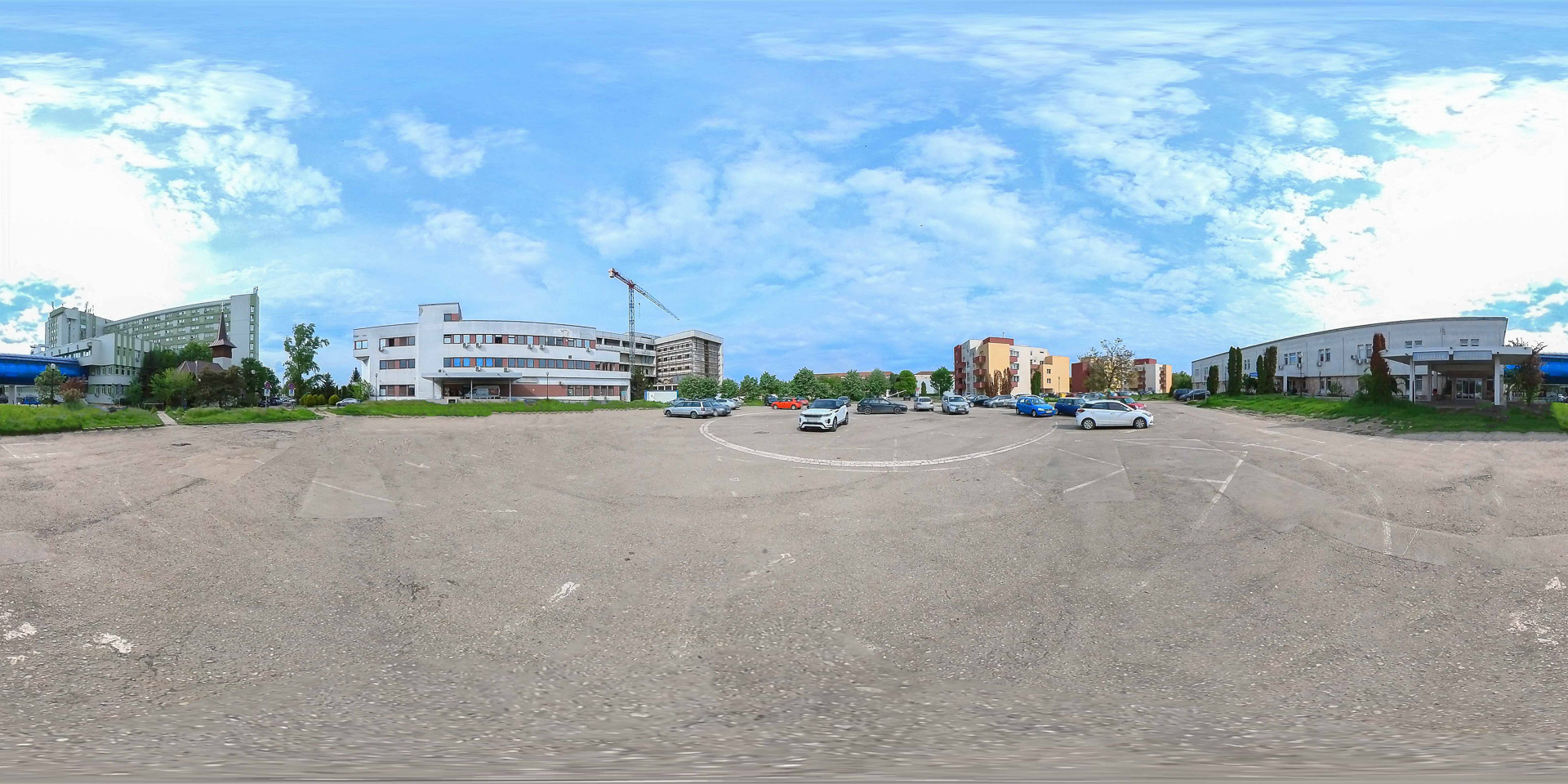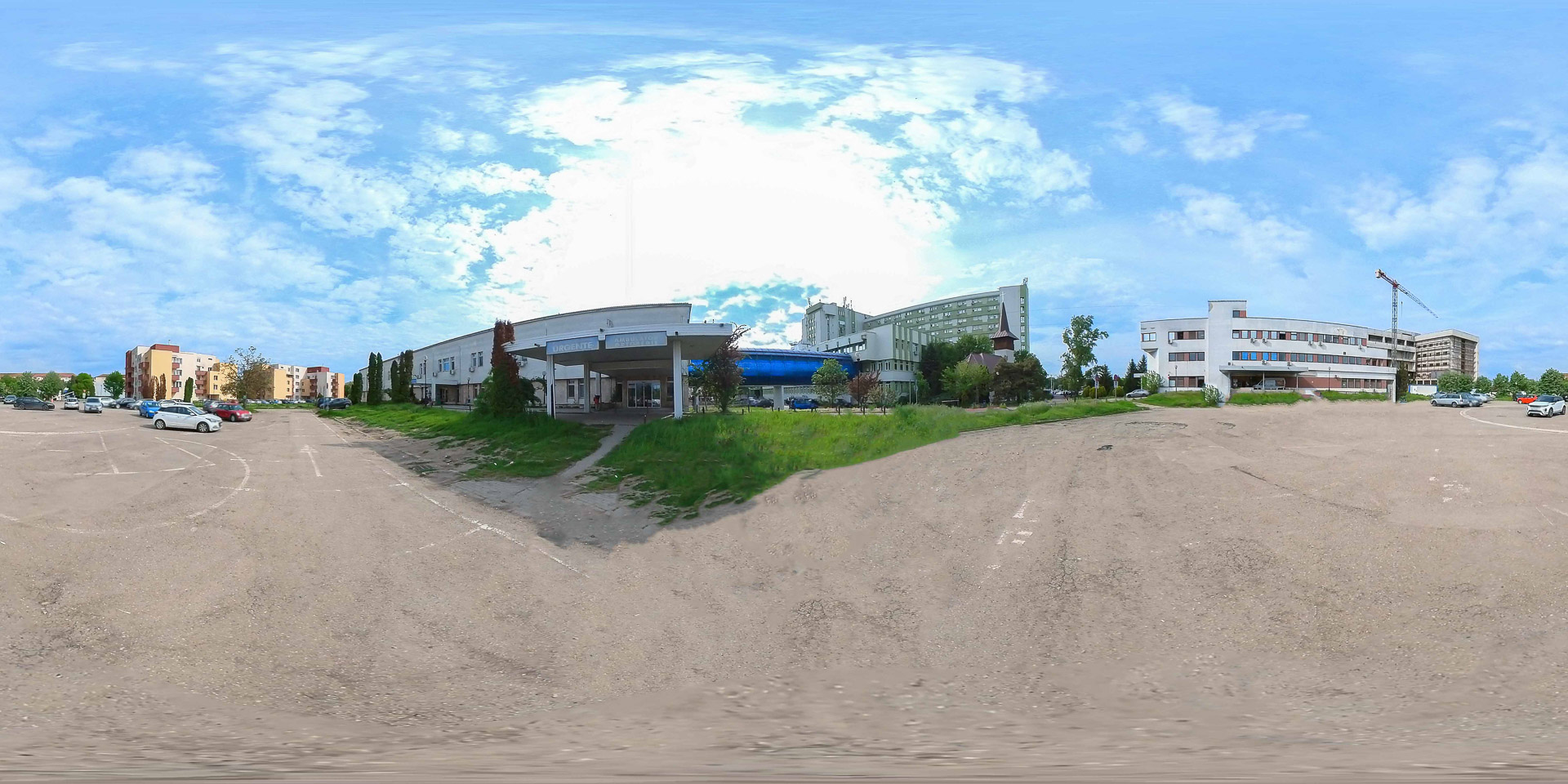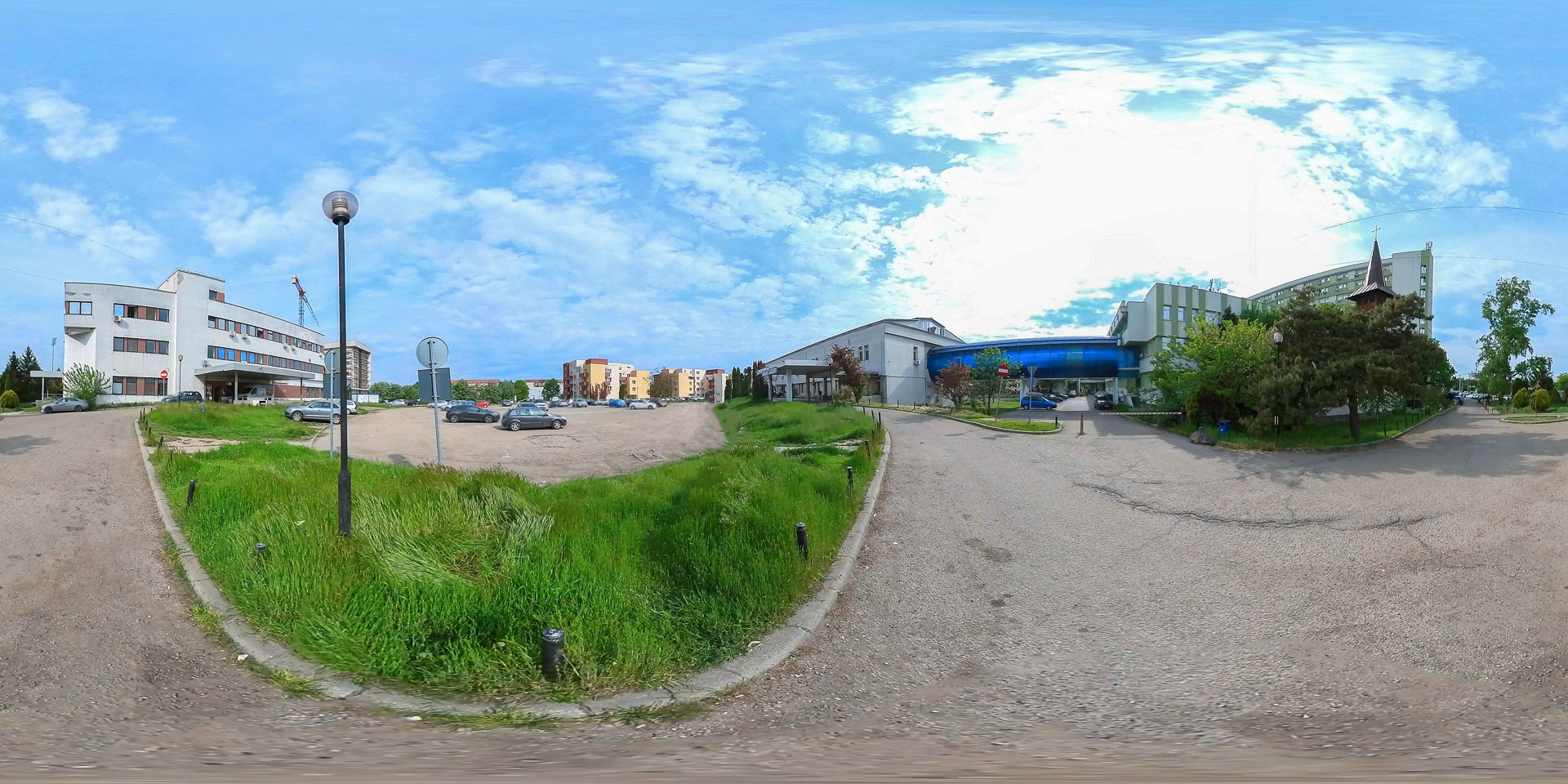The new building of the County Clinical Hospital was constructed between 1970 and 1974, according to the plans of architect Nicolae Dancu.
Listen to the audio version.
The history of the County Clinical Hospital in Timisoara began in the early 1970s, when the urgent need for a modern medical unit to serve patients from the entire Timis county was brought to the attention of the communist authorities. This was made possible thanks to prominent figures in the medical life of Timisoara, such as Prof. Dr. Pius Brînzeu, Prof. Dr. Ștefan Gavrilescu, Assoc. Prof. Dr. Ion Lighezan, Prof. Dr. Ferdinand Nistor, and others.
The new building of the County Clinical Hospital was constructed between 1970 and 1974, according to the plans of architect Nicolae Dancu.
In 1974, the construction of the County Clinical Hospital Timisoara was completed, and in the fall of the same year, it began its activity with 1030 beds and 13 clinical sections.
The 1970s coincide with the formation of a true medical school in Banat, with its results becoming apparent in the 1980s. At this time, the first kidney transplants in Romania were performed in Timisoara, urological endoscopy was introduced, digestive endoscopy was developed, and the Cardiac Pacemaker Implant Center continued its activities.
After the Revolution of 1989, in the 1990s, the Computer Tomography Department became operational, extensive ultrasound diagnosis was developed, and endoscopic surgery was expanded, among other advances.
The 21st century represents a moment of development for the County Hospital, with the emergence of the new Orthopedics Clinic and the construction of the new Traumatology Center "Casa Austria". All these healthcare facilities meet the internationally accepted standard in terms of patient comfort and working conditions for medical staff.
The mission of the County Clinical Hospital is to provide excellent medical services to the population of the western region of Romania, and the institution aims to become the best provider of medical services in the entire euro-region, setting the standard for professionalism and quality.
Bibliography:
- https://www.hosptm.ro/prezentare/istoric/ - site accessed on march 2023
- Ioan Munteanu, Rodica Munteanu, Timișoara - MonographMirton Publishing House, Timisoara, 2002, p. 523.
"Pius Brînzeu" County Emergency Clinical Hospital
Listen to the audio version.
Robert Șerban
not all the bullet holes from '89
have disappeared
no money was found
to fill them all
and poverty has left so long
those eyes open
for us to sometimes cross eyes
and not pretend
that we don’t know
June 2022
“Timișoara has a grand train station. Straight ahead, on the best asphalt pavement, smooth and clean, you walk past the gleam of the six-row windows of a huge mill, then through the alleys lined up with secular trees, perfect for a walk that shelters, in the cool of the evening, pairs enjoying the autumn moon, for they have lost the spring moon. Coarse breaths of air come from the waters of the Bega river, where one can discern piles of planks, abandoned boats. A large iron bridge leads to a neighborhood of tall houses, whitewashed by electricity. Then again follows the road through the trees, where peasant carts with white covers trickle along. Finally, at the entrance on a narrow street with large buildings, there is a bright palace with a theater-like facade, which displays a first-rate café, then the gangway to the great Kronprinz Hotel, worthy of any large capital. The owner is Swabian, everyone speaks German; right across, a smaller hotel with a German-only sign. From the very beginning, Timișoara shows itself for what it is: the town built on the ruins of the former Ottoman Paschalik, according to straight-line plans, for the Banat Swabians and other outcasts brought by German rule from all over the world, from the Lorraine in France, from Spain.” (Nicolae Iorga, Selected Travel Notes about Transylvania and Banat, Lucian Cursaru (Ed.), vol. II, Bucharest, Minerva Publishing House, 1977, p. 118-119)
